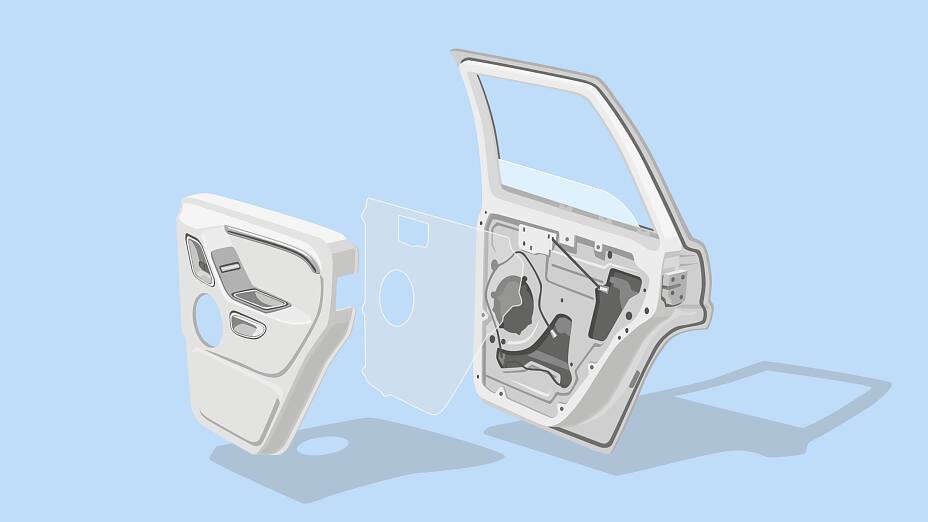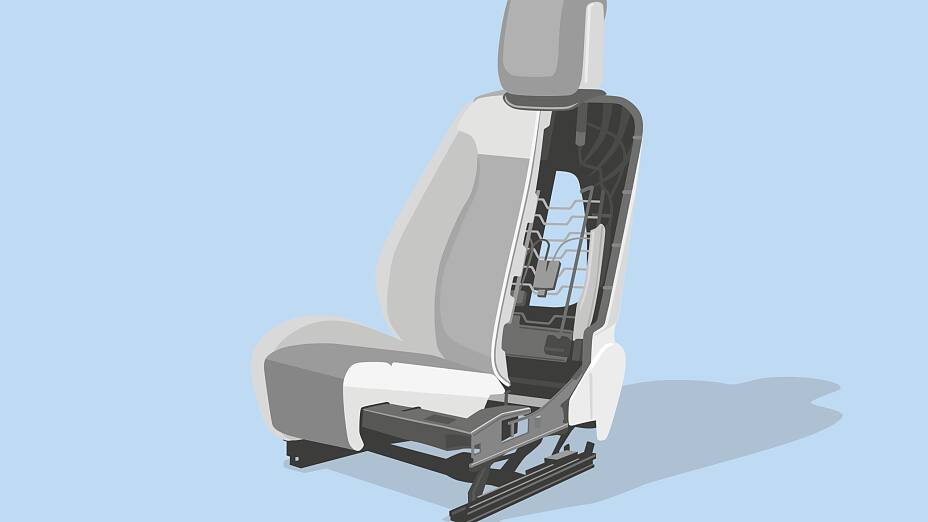In a broad sense, "automotive mold" is a general term for a mold that manufactures all parts on a car. For example, injection molds, stamping dies, forging dies, casting wax dies, glass dies, and etc.In a narrow sense, an automobile mold is a general term for a mold for stamping all stampings on a vehicle body, that is, a "body stamping mold." For example, a top cover flanges mold, a beam reinforcement plate press mold, and etc.

First, automotive plastic mold classification
There are many methods for classifying automotive plastic molds. According to the different methods of plastic parts molding, they can be divided into the following categories:
·Injection mold
Injection
mold is a tool for producing plastic products.The molding process of such a mold is characterized in that the plastic raw material is placed in a heating cylinder of the injection machine. The plastic is heated and melted, and is driven by the screw or plunger of the injection machine to enter the mold cavity through the pouring system of the nozzle and the mold. The plastic is molded in the mold cavity by heat preservation, pressure keeping, cooling and solidification. Since the heating and pressurizing device can function in stages, injection molding can not only form plastic parts with complicated shapes, but also has high production efficiency and good quality. Therefore, injection molding occupies a large proportion in the molding of plastic parts, and the injection mold accounts for more than half of the plastic molding mold. The injection machine is mainly used for the molding of thermoplastics, and has been gradually used for the molding of thermosetting plastics in recent years.
·Compression mold
The
molding process of compression mold is characterized in that the plastic raw
material is directly added into the open mold cavity, and then the mold is
closed.After the plastic is molten under the action of heat and pressure, the cavity is filled with a certain pressure. At this point, the molecular structure of the plastic produces a chemical cross-linking reaction that gradually hardens and sets. Compression molds are mostly used for thermosetting plastics, and their molded plastic parts are mostly used for housings and daily necessities of electrical switches.
·Transfer mold
Transfer molds are also called injection molds or extrusion molds. The molding process of the mold is characterized in that the plastic raw material is added into the preheating charging chamber, and then the pressure is applied to the plastic raw material in the feeding chamber by the pressing column. The plastic is melted under high temperature and high pressure and enters the cavity through the casting system of the mold, and then Chemical cross-linking occurs and gradually solidifies. The transfer molding process is mostly used for thermosetting plastics, and it can form plastic parts with more complicated shapes.
·Extrusion mold
The extrusion die is also called the extruder head. The mold can continuously produce plastics with the same cross-sectional shape, such as plastic pipes, rods, sheets, and the like. The apparatus for heating and pressurizing the extruder is the same as that of the injection machine. The molten plastic passes through the machine head to form a continuous molded part, which is particularly efficient.

In
addition to the types of plastic molds listed above, there are vacuum molds,
compressed air molds, blow molds, low foaming plastic molds and so on.
Stampings on automotive bodies are broadly divided into cover members, beam members, and general stampings. A stamping that can clearly represent the characteristics of a car is a car cover. Therefore, the more specific automobile mold can be said to be "automotive cover stamping die". Referred to as the car cover die. For example, the front door outer panel trimming die, the front door inner panel punching die, and the like.